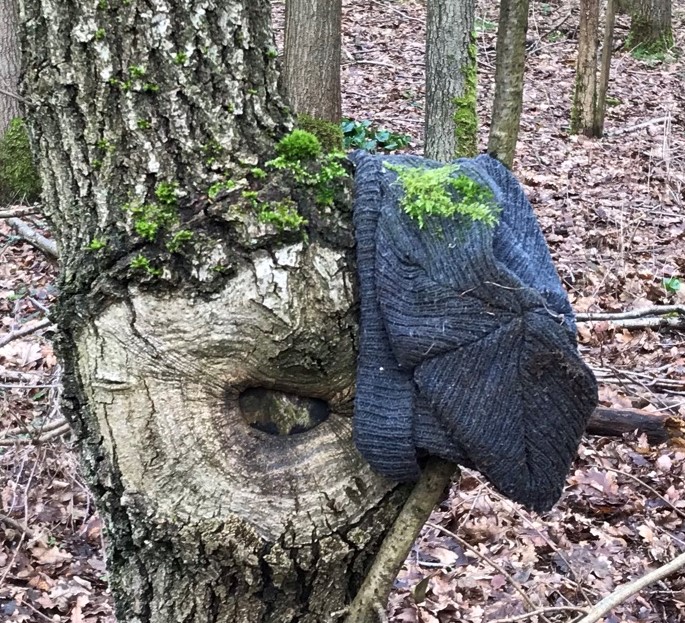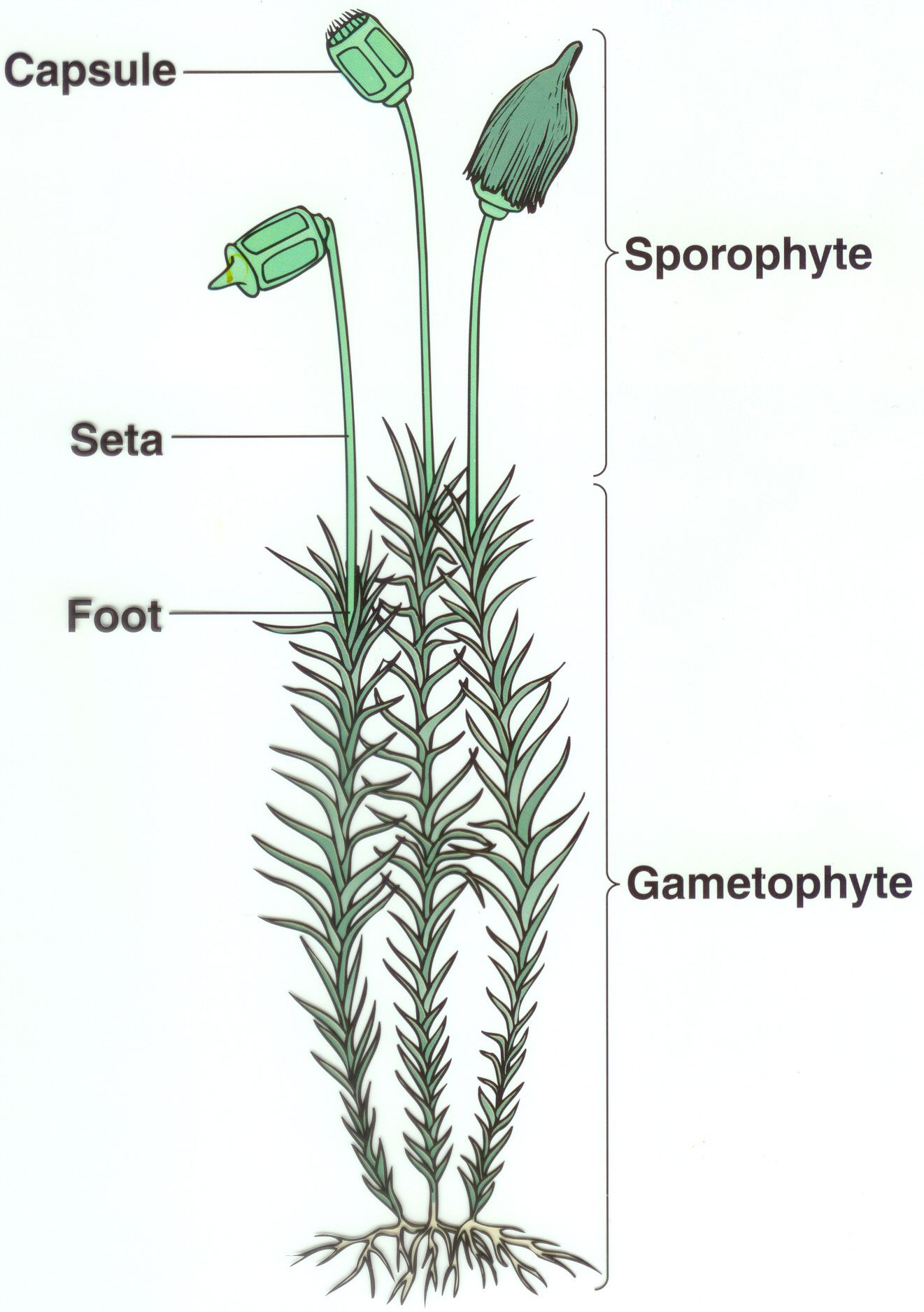Moss: an introduction
This post will centre in on the key facts about moss (known under the taxonomic division Bryophyta), and introduce why it should be of major interest to us all. We will explore the taxinomy, the anatomy and common types you will find in a British garden and further into the countryside. Some reference and source links are provided if you want further reading.
What is it
Moss is a type of plant with various sub-species that is both beautiful to look at, and fun to research. No soil is required to grow moss, and it can anchor onto many different surfaces, like that of the bark of a tree or the wool of a hat as seen below.
Moss has been used for centuries in traditional medicine to cure infections, utilising its powers of water capture (up to 20x its mass in water).

One important distinction that should be noted here is that of the difference between mosses and lichens, with the latter being a composite organism that arises from algae or cyanobacteria living among filaments of multiple fungi species.
Moss makes up a large amount of the biological matter in peat. It is vital we learn more about peat’s - and moss’s - carbon capture properties if we are to combat climate change. Switching to peat-free compost is encouraged for all.
Anatomy
Focussing on the figure below we the typical gameophyte look of a moss plant, as it appears most of the time. We however must note the sporophyte that is used to establish and release moss spores to enable reproduction and additional seeding of moss plants following fertilisation.
 Figure showing the points of interest on a typical moss plant, focussing on it’s reproduction lifecycle. Image credits: bio@Ohio-State
Figure showing the points of interest on a typical moss plant, focussing on it’s reproduction lifecycle. Image credits: bio@Ohio-State
